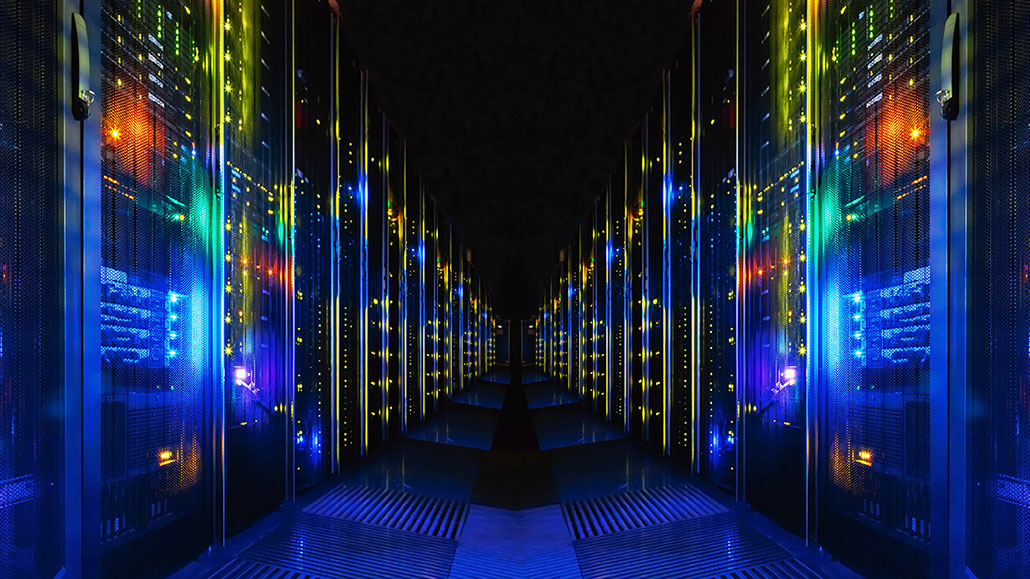Questions for “Training AI to be really smart poses risks to climate”

AI research teams rely on data centers — buildings filled with powerful computers — to develop their models. These models are getting ever larger and more power-hungry, leading some experts to worry about their impact on Earth’s climate.
Vladimir_Timofeev/iStock/Getty Images Plus